news
What is the process of customizing a Rubber Screw Barrel?
1. Requirement communication and technical solution
The customer provides process parameters such as rubber type, production capacity, and temperature range. The manufacturer formulates a technical solution based on this information, and confirms the diameter of the Rubber Screw Barrel's screw and barrel, the feeding method (cold/hot feeding), and special functions (such as exhaust and cooling channels).
2. Material selection and heat treatment
High - hardness alloy steel or wear - resistant alloy is selected. After precision forging or casting, surface hardening processes such as nitriding and carburizing are used to make the hardness of the barrel wall reach HRC58 - 66, thereby improving the wear - resistant service life.
3. Precision machining and dimension verification
Key dimensions such as the inner diameter, thread, and chamfer are machined on a CNC lathe or grinder. Then, the clearance between the screw and the barrel is strictly calculated using a CNC measuring instrument to ensure that the rubber is heated evenly inside the barrel and the plasticizing efficiency is high.
4. Welding and assembly
PTA spray welding or spot welding is carried out on the barrel. The welding process is completed by an automated welding gun. Welding parameters are monitored on - site and quality inspections are conducted to ensure that the welds are complete and free of pores.
5. Cooling water channel design and commissioning
Efficient cooling water channels are machined inside the barrel. Then, fluid simulation and on - site cooling experiments are carried out to verify the heat exchange efficiency and prevent the rubber from overheating and degrading.
6. Performance testing and factory inspection
Pressure resistance, temperature resistance, wear resistance, and energy consumption tests are carried out to confirm that the thermoplasticizing effect and energy consumption indicators of the screw - barrel combination meet the design requirements. After passing the tests, the product is packaged and shipped.
7. Delivery and technical support
Complete technical documents, installation and commissioning guides, and after - sales maintenance plans are provided at the time of shipment to ensure that the customer can quickly put the product into production and receive continuous technical support.?



 English
English 中文簡體
中文簡體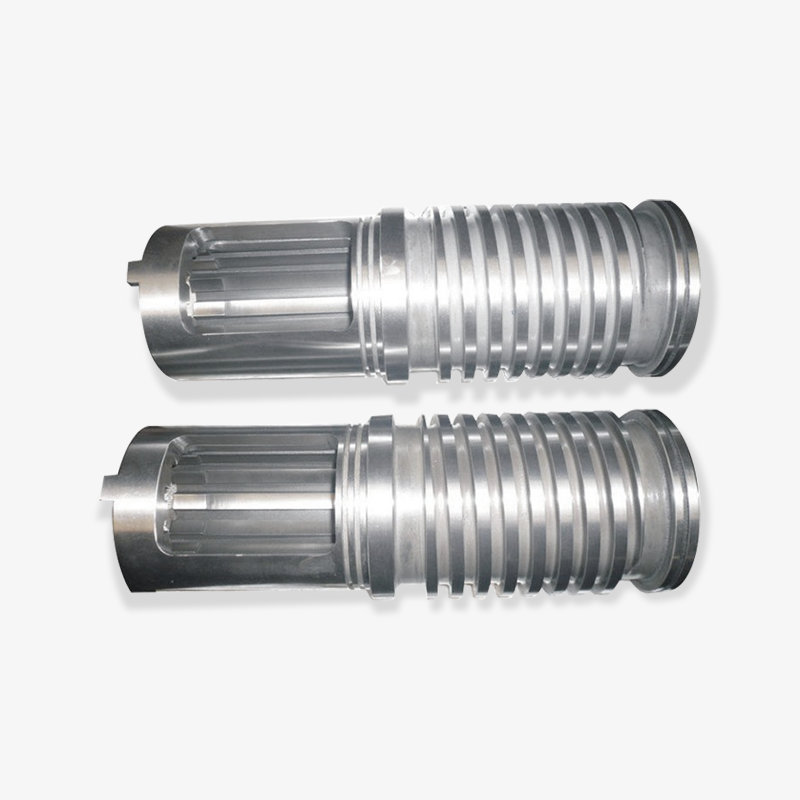
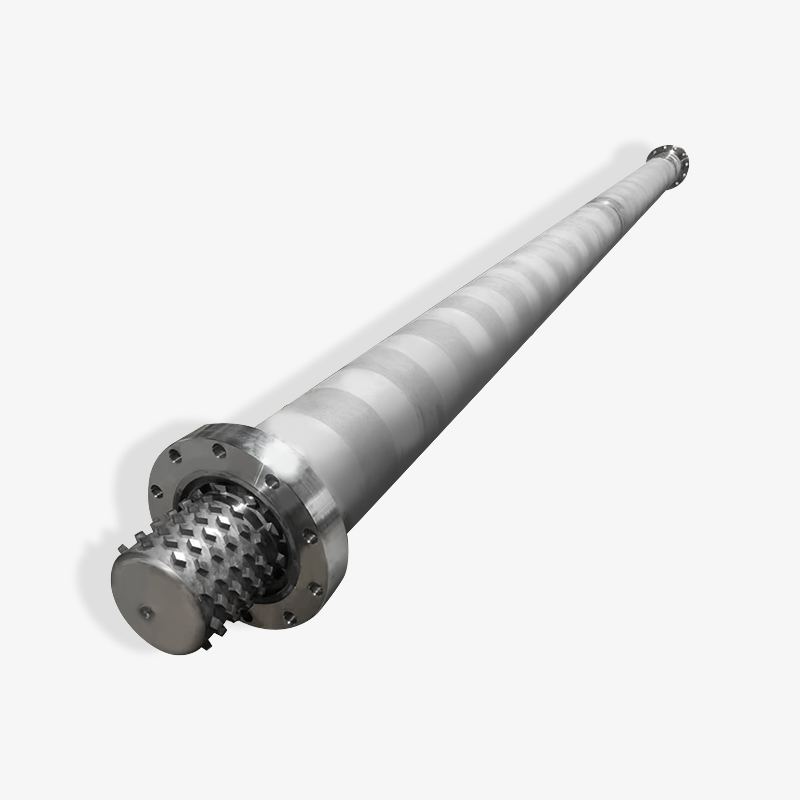

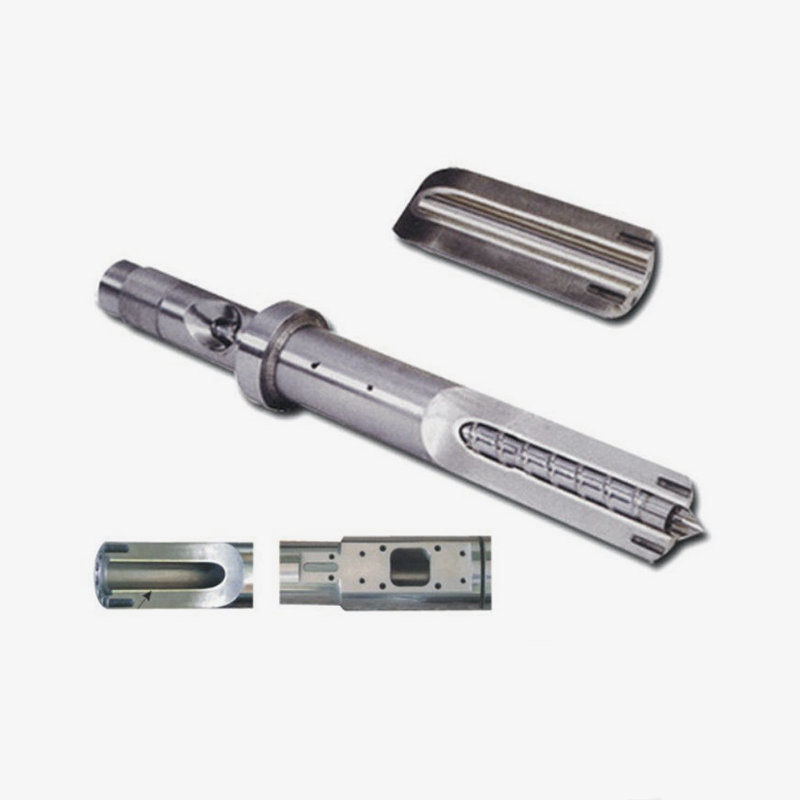
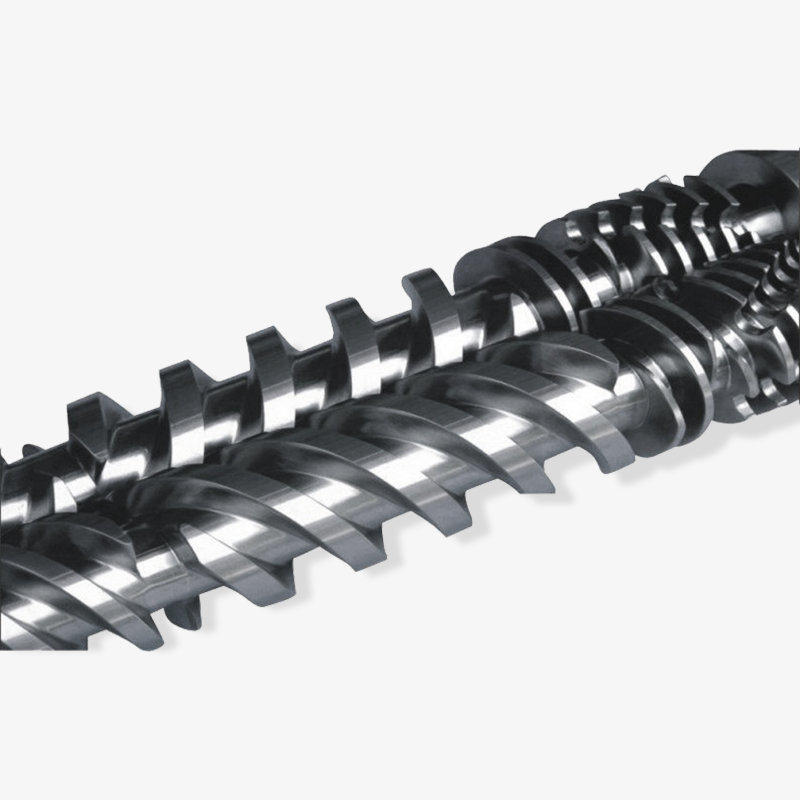
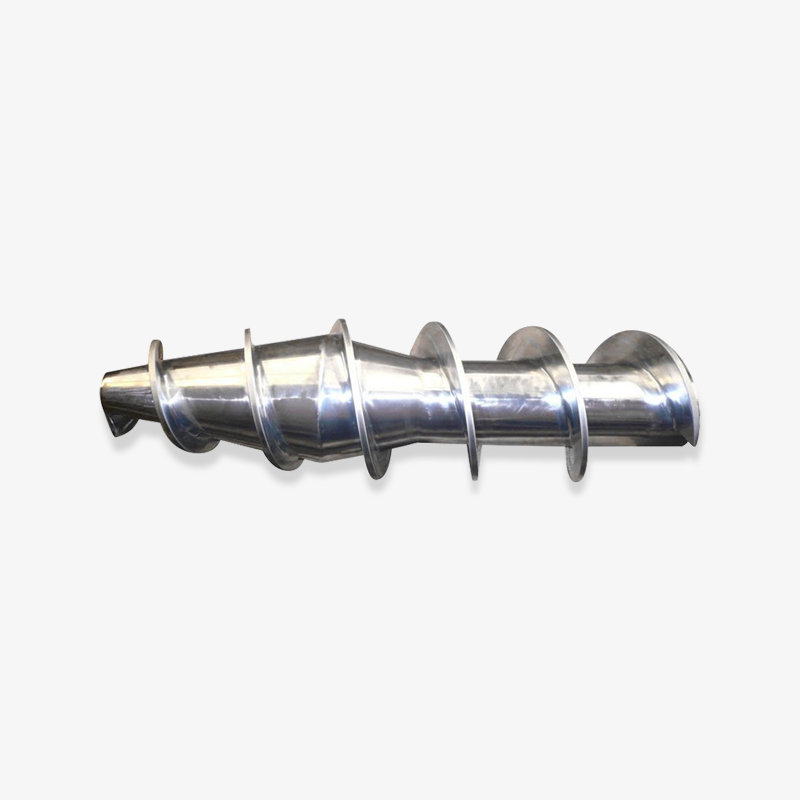

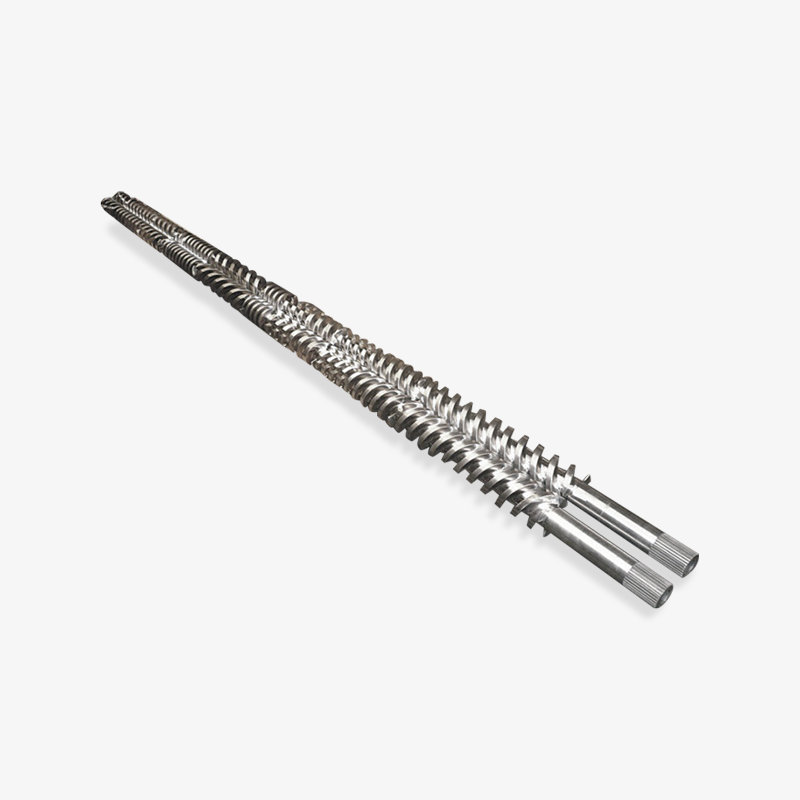
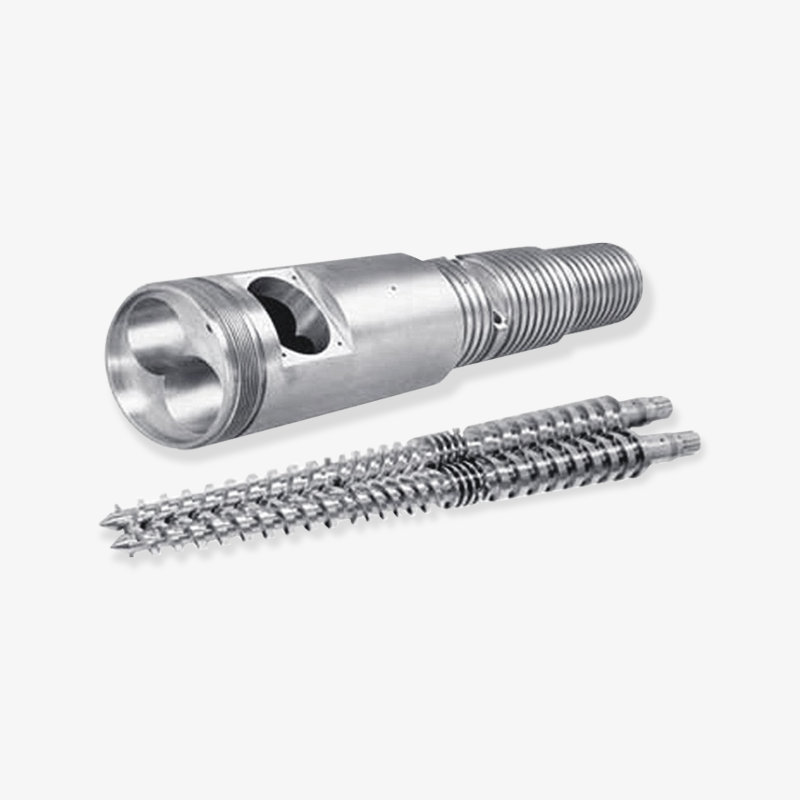


 浙公網(wǎng)安備33090202000520號
浙公網(wǎng)安備33090202000520號